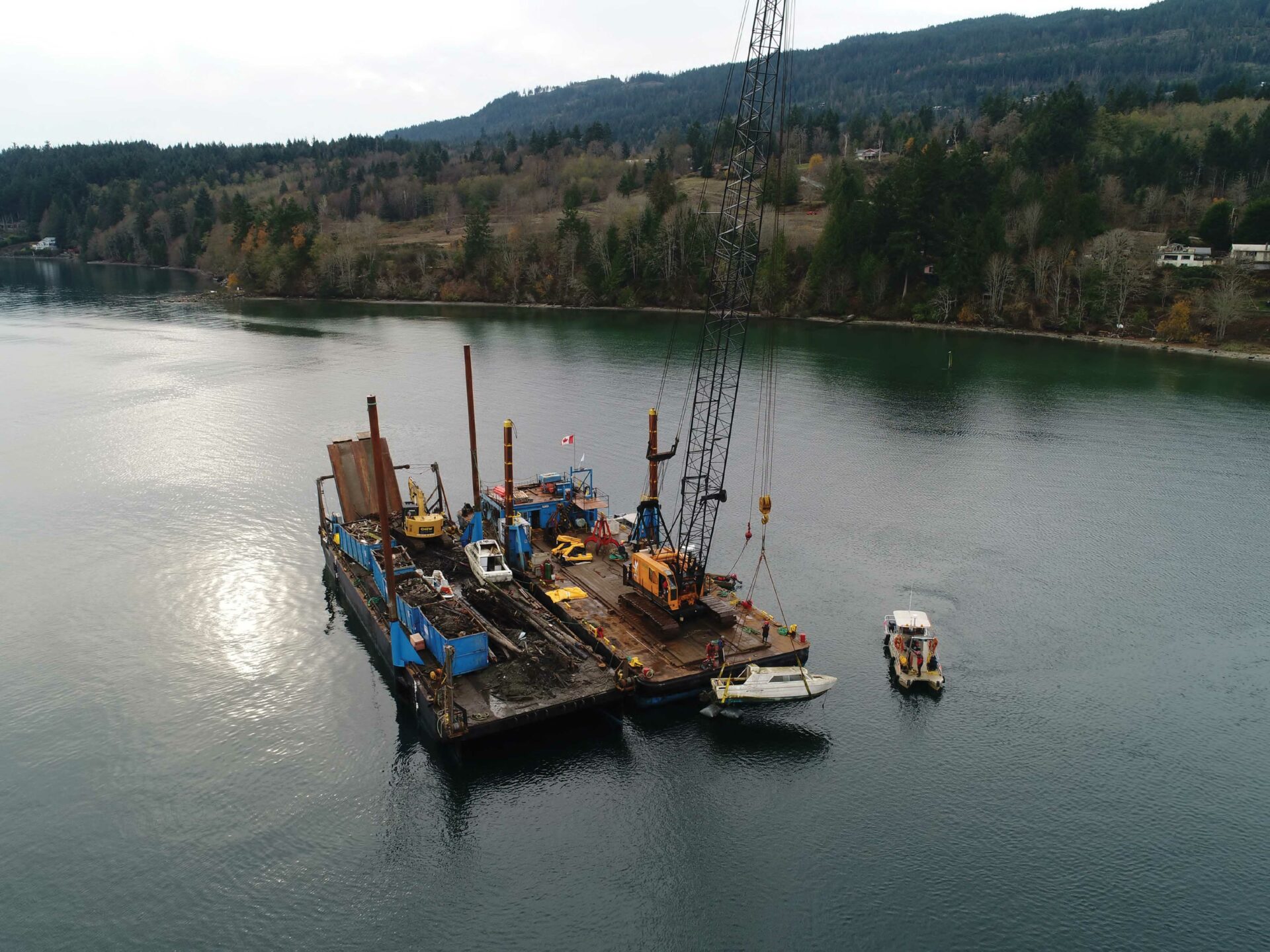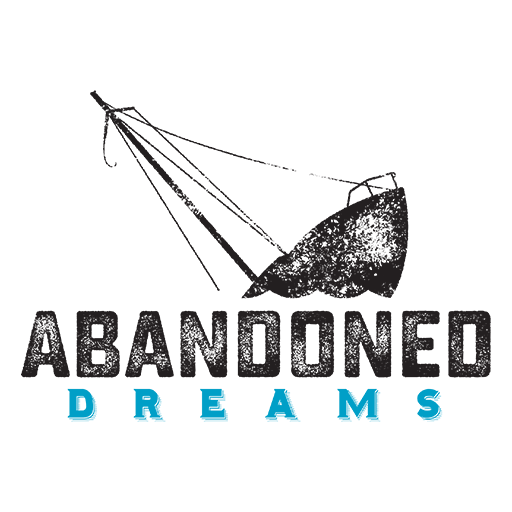
A First Step Toward Derelict Cleanups
In October 2017, Transport Canada announced it would appropriate $6.85 million to remove derelict boats. Called the Abandoned Boat Program, the funding would be spread over five years (PY September 2017). For 2018, British Columbia was to receive $412,475.
Individuals, municipalities and companies could apply for contracts to remove wrecks. The application paperwork was massive: each derelict must be assessed individually and tested for hazardous materials. Applications for assessment and removals (A&R) projects opened on April 3, and Victoria’s Salish Sea Industrial Services won the bid to remove 17 wrecks from Salt Spring’s beaches.
A registered Aboriginal Business, Salish Sea partners with the Ralmax Group of Companies. project manager Rob Menzies outlined the A&R process, which took a surprisingly short two months. “John Roe, a strong proponent of wreck removal through the Veins of Life Watershed Society, earmarked the wrecks,” he said. “He knew the most hazardous ones.”
The Ralmax Group has all the resources to tackle the A&R tasks. “After we signed our contract in October, we took a large barge to Salt Spring,” Menzies told me. “The 17 wood or fibreglass boats ranged from 18-85 feet and were dispersed among three locations. One had sunk and the others—including a 65-foot landing craft in Fulford Harbour—had washed up in the intertidal zone.”
What shocked Menzies and his colleagues was the rubbish heaped inside the wrecks. “Full garbage bags, old plywood, dog poop,” said Menzies. “These hulls were full. I just don’t how people can be OK with that.”
Starting on November 13, a heavy crane lifted the derelicts onto the barge. “We had high tides which helped us float the hulks intact,” said Menzies. “If we raised them from the beach, they could’ve disintegrated and spilled garbage and hazardous waste on the shore. We then towed the barge to our Victoria yard.”
Upon arrival, the boats were offloaded and stored in a secure place while the company worked with a lab to analyze dangerous materials. “They test for fuels, asbestos, lead paint and leachable metals,” he said. The next job included removing all on-board metals and electric materials to be recycled. Once cleaned, the hulls were crushed and deposited in the landfill. “All 17 derelicts were disposed of by the end of 2018,” he said.
Menzies added that wreck clearance is highly labour-intensive and the speed with which Salish Sea Industrial worked is due to the partnership with the others companies in the group. “We have the heavy equipment available, our own barge, the recycling facilities on site, the connections with both a laboratory and the landfill. As a group we have found efficiencies we can use in the future.”
Transport Canada provided the funding of $412,475 for derelict removal with the Capital Regional District adding another 25 percent for a total of $515,593 for an average of more than $30,000 per boat. Let us hope that the proposed Bill C-64, making boat dumping illegal, will help to reduce these high taxpayer costs.
